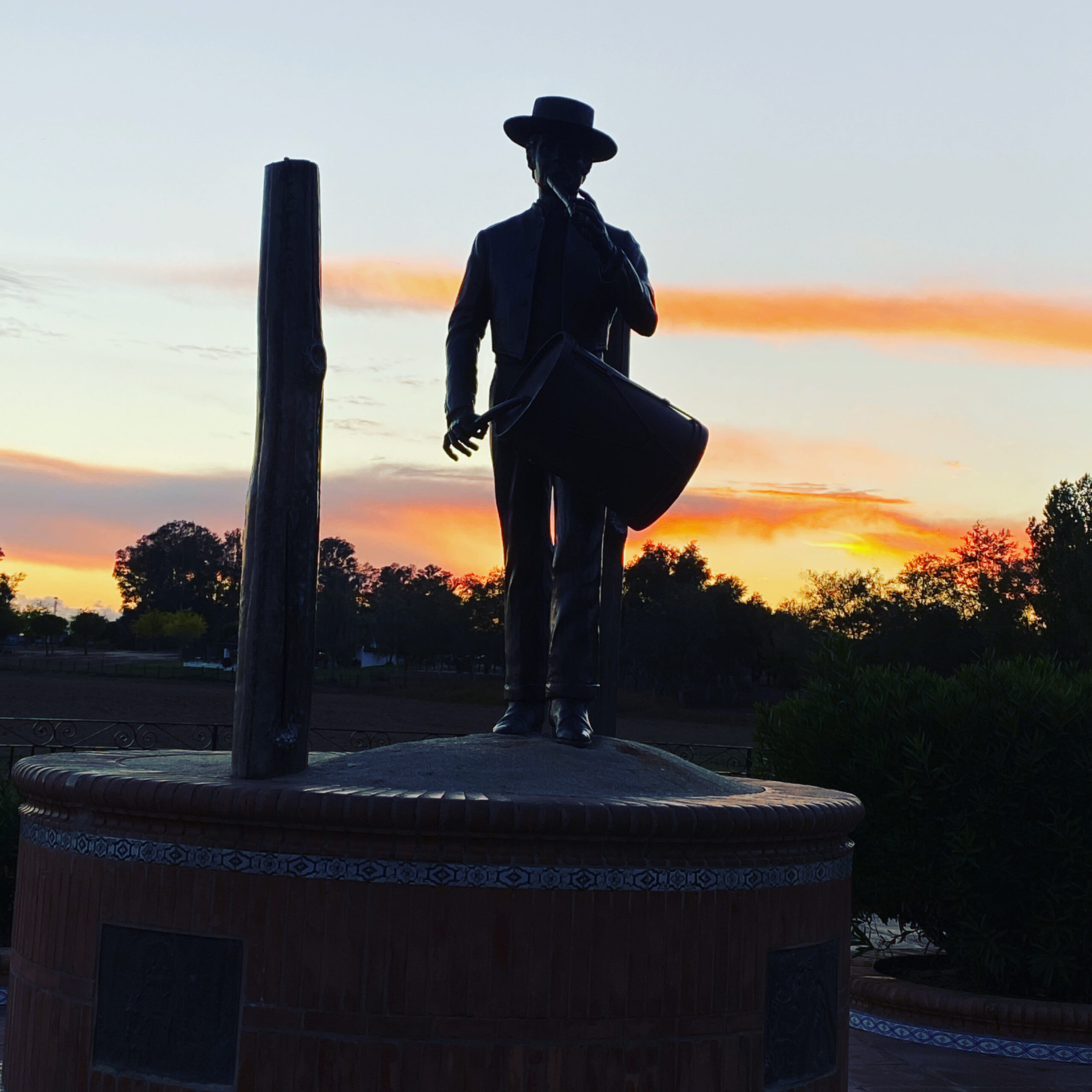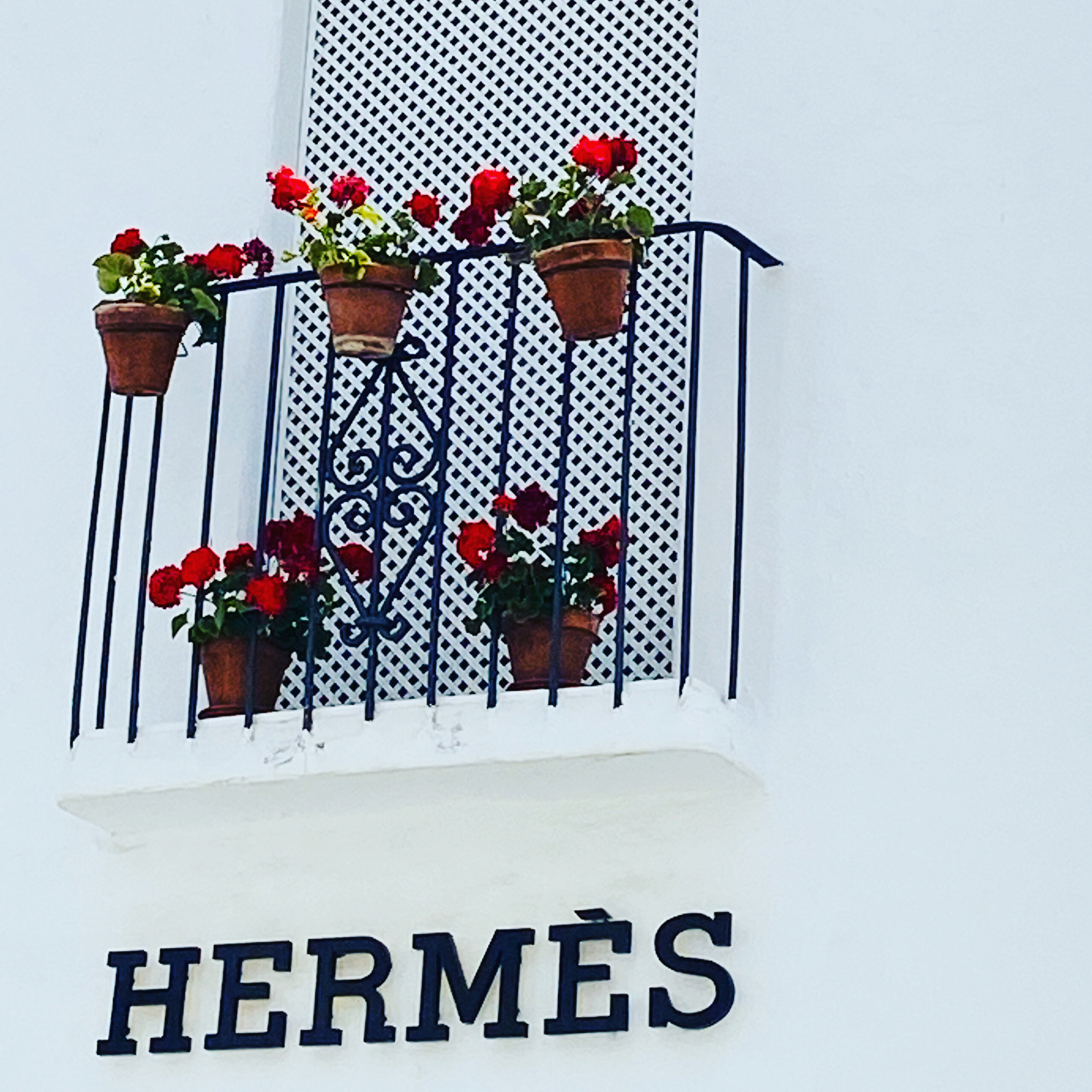Cosmopolitan Barcelona, experience the city through the eyes of our local guides.
The history , culture, art, gastronomy, luxury shopping. Its authentic neigboorhoods and its architecture. Once with the guide, he begins his experience in Barcelona
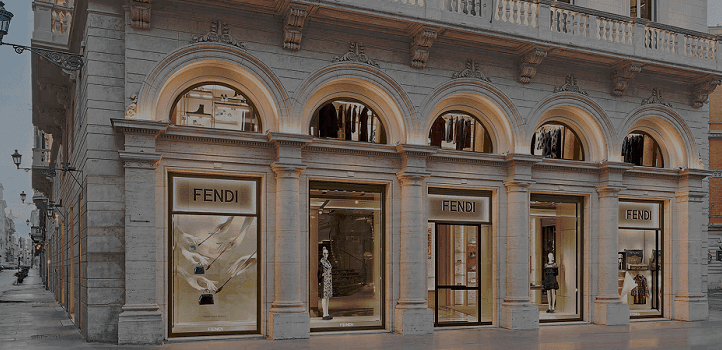
Our Visit, Tour are always privates and tailor- made for you. Our guides espeak different languages. The schedule will be organized with you to measure (checking the schedules of the monuments)
They will walk along Paseo de Gracia (Outside Triangle of the Discord, Casa Lleó Morera, Ametler, Batlló) outside Casa Milá
Showcase of the Barcelona bourgeoisie of the late nineteenth century, this elegant and stately walk connects Plaza Catalunya with the neighborhood of Gracia, and hence the name. The presence of the best modernist buildings in Barcelona make this avenue an authentic open-air museum.
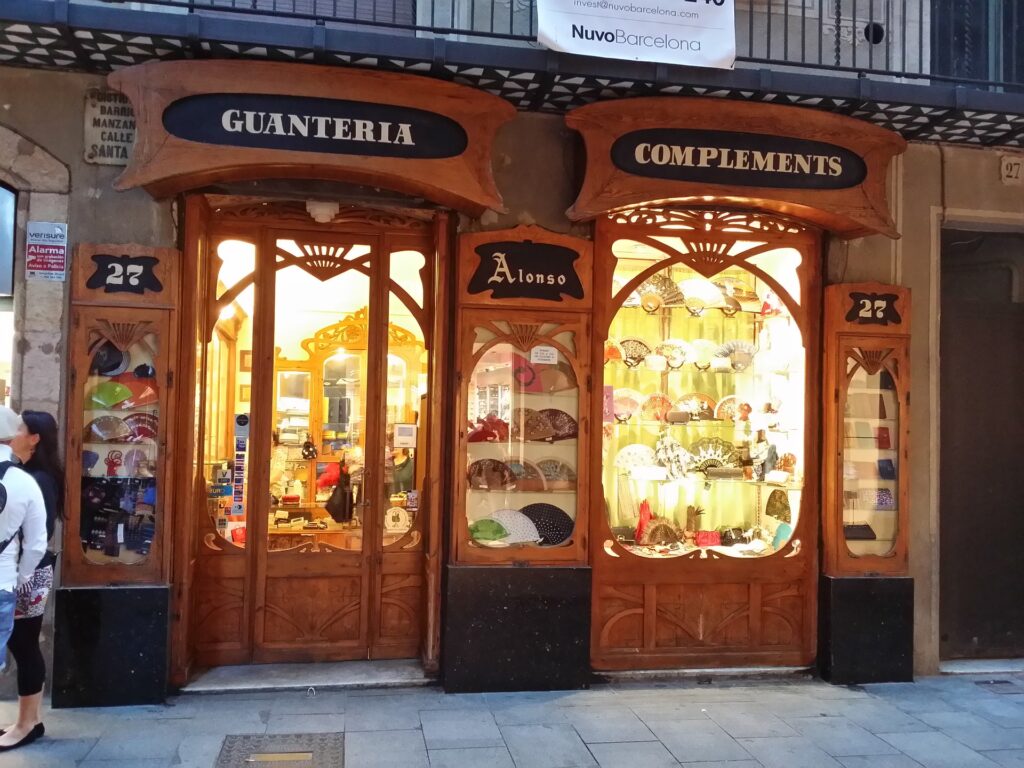
With a little fantasy, you can hear the sound of horse-drawn carriages, notice the smell of the first trams and evoke the walks of the elegant ladies, holding the arm of their husbands and accompanied by maids who watched the children. This was the Paseo de Gracia in the late nineteenth and early twentieth centuries. Barcelona was growing, and the new promenade connected the old town of Gracia with the new urban center.
The new Barcelona artery, in the center of the Eixample that was beginning to be built, was the place chosen by the rich families of the bourgeois class to locate their home. Impressive buildings were built on both sides of the street that still delight all those who walk there. They are jewels of Catalan modernism and novecentism, among which are names of architects such as Gaudí, with La Pedrera and Casa Batlló; Puig i Cadafalch, with the Amatller house, and Domènech i Montaner, with the Lleó Morera House among others. On the floor we find the organic pavement designed by Gaudí, and along the entire promenade, the lanterns of Pere Falqués with the white mosaic benches. These architectural jewels today coexist with the most prestigious shops and stores in Barcelona.
Güell Park is a reflection of Gaudí’s artistic fullness: it belongs to his naturalist stage (first decade of the twentieth century), a period in which the architect perfected his personal style, through inspiration in the organic forms of nature, to what put into practice a whole series of new structural solutions originated in its deep analysis of ruled geometry. To this the Catalan artist adds a great creative freedom and an imaginative ornamental creation: starting from a certain baroque style his works acquire great structural wealth, of forms and volumes devoid of rationalist rigidity or of any classical premise.1 In the Güell park, Gaudí deployed everything his architectural genius and put into practice many of his innovative structural solutions that would be emblematic of his organicist style and that would culminate in the Sagrada Familia.

The Sagrada Familia, is an exceptional temple, both in terms of its origin and its foundation and in relation to its purposes. Fruit of the work of the great architect Antoni Gaudí, it was a project promoted by and for the people, and there are already five generations who have been seeing the evolution of the temple in Barcelona. Currently, with more than 135 years since the laying of the first stone, the Basilica is still under construction and is expected to end in 2026.
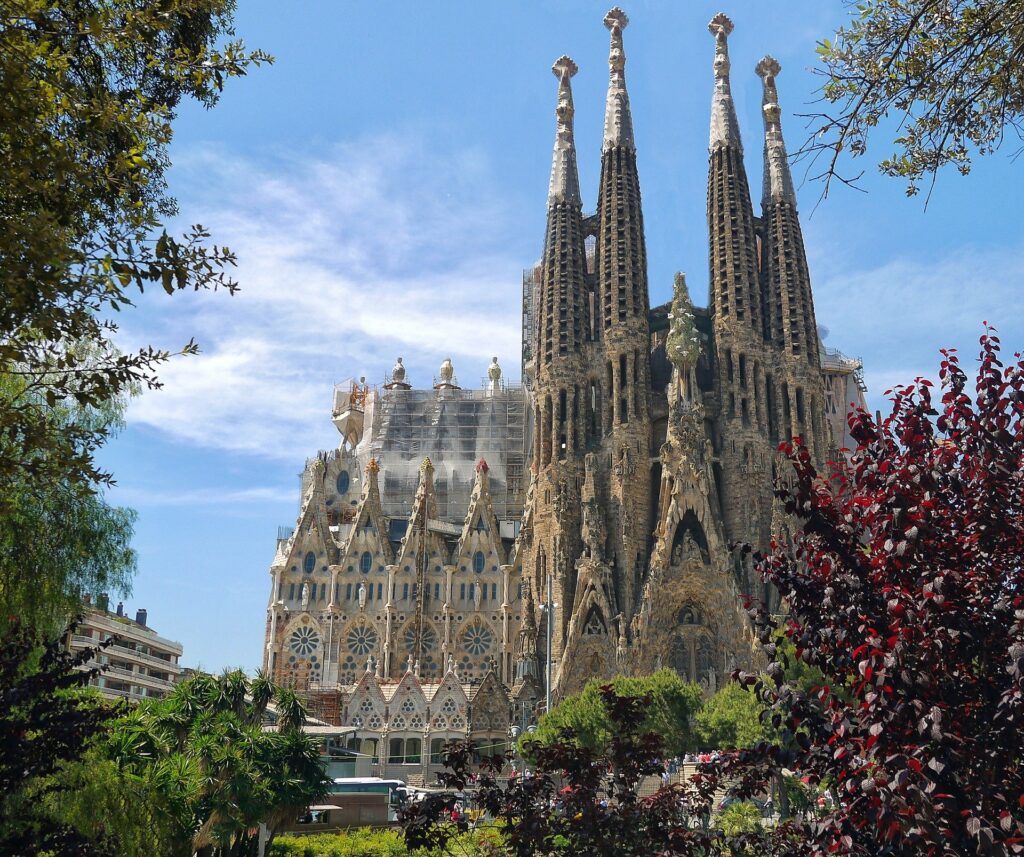
We can visit the beautiful food markets, have a glass of cava, or eat in ancient taverns or in a Michellin Star restaurant.
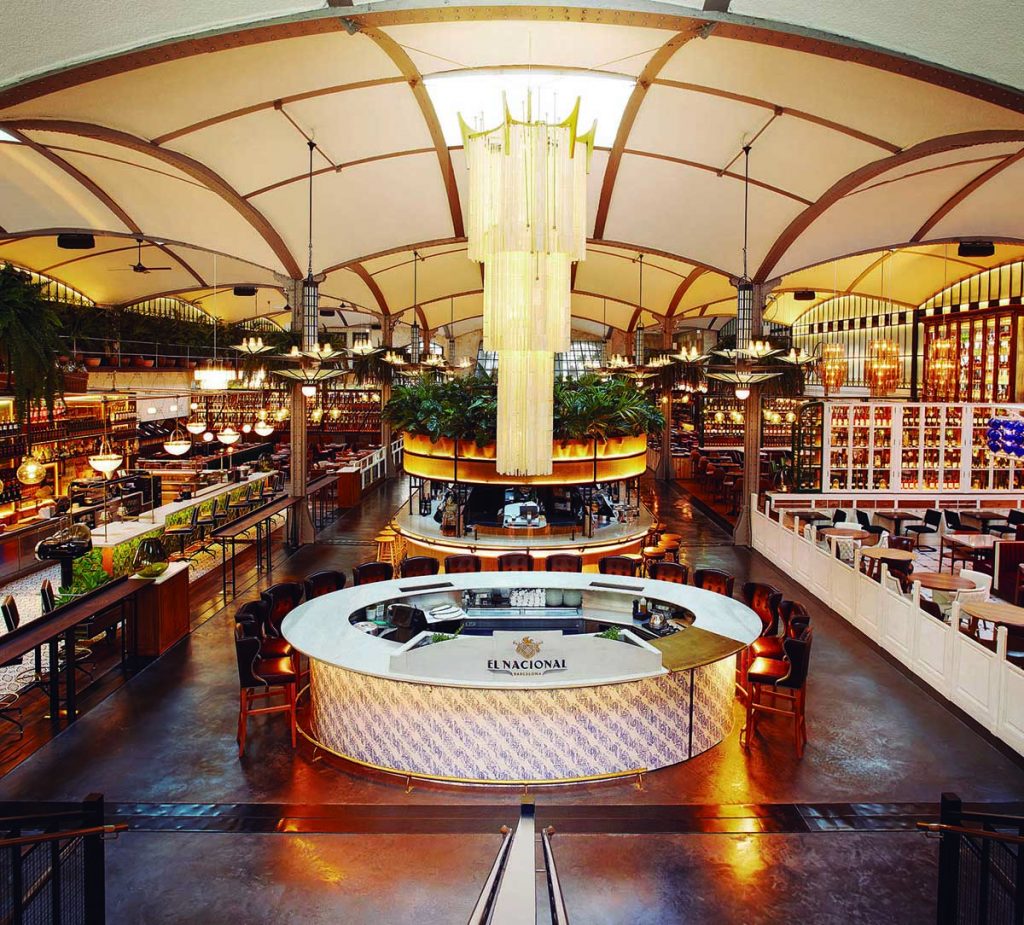
Barcelona Te Sonríe


